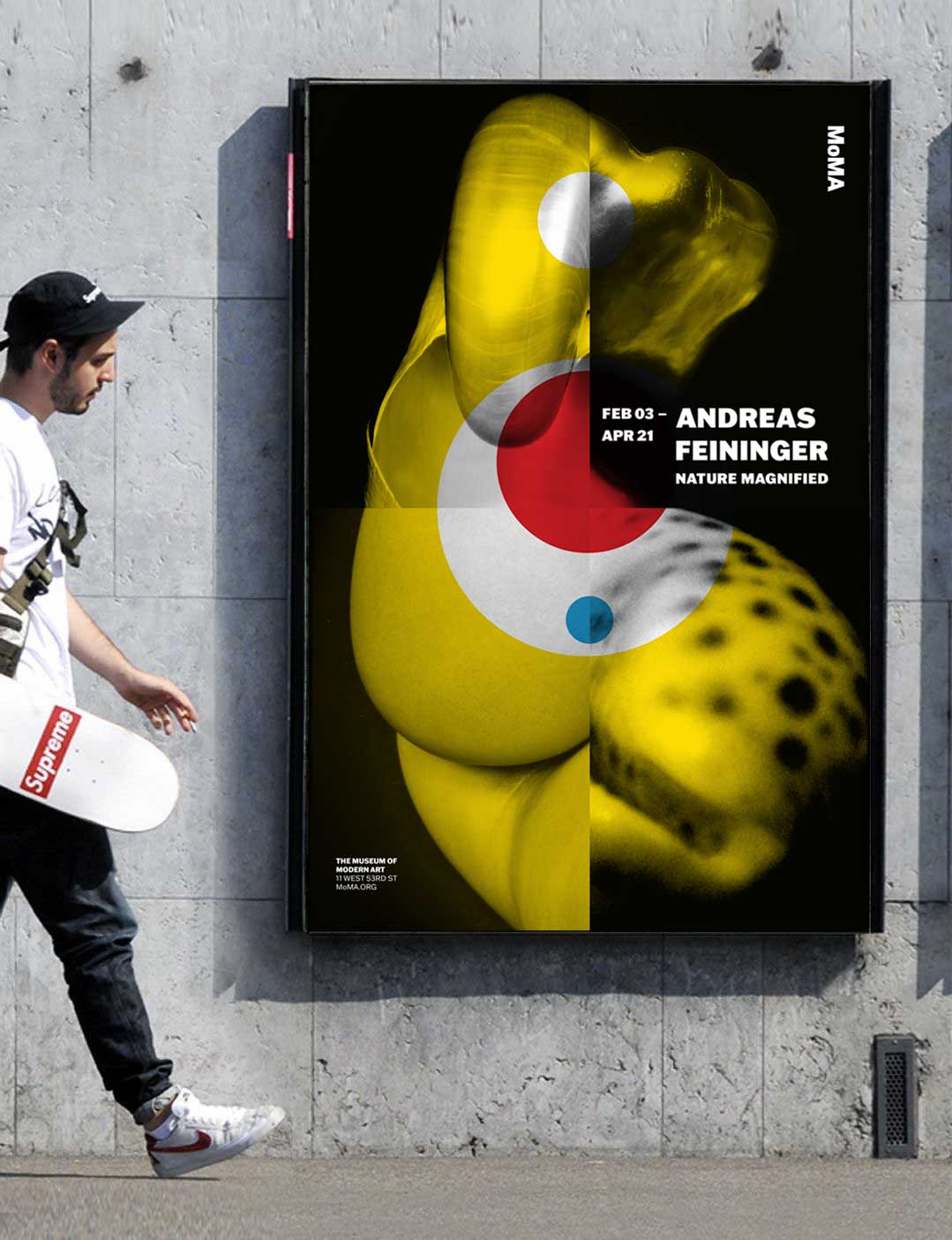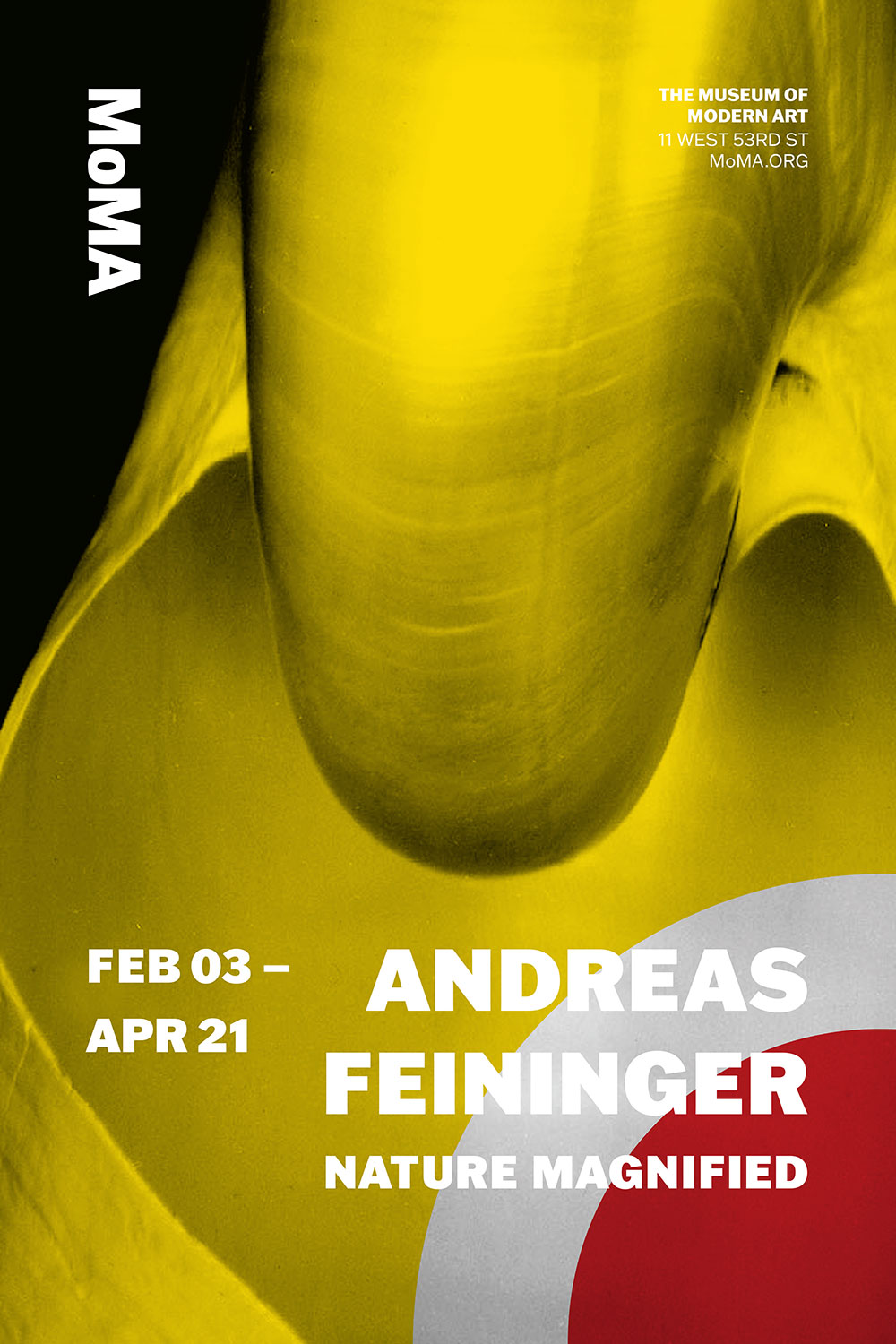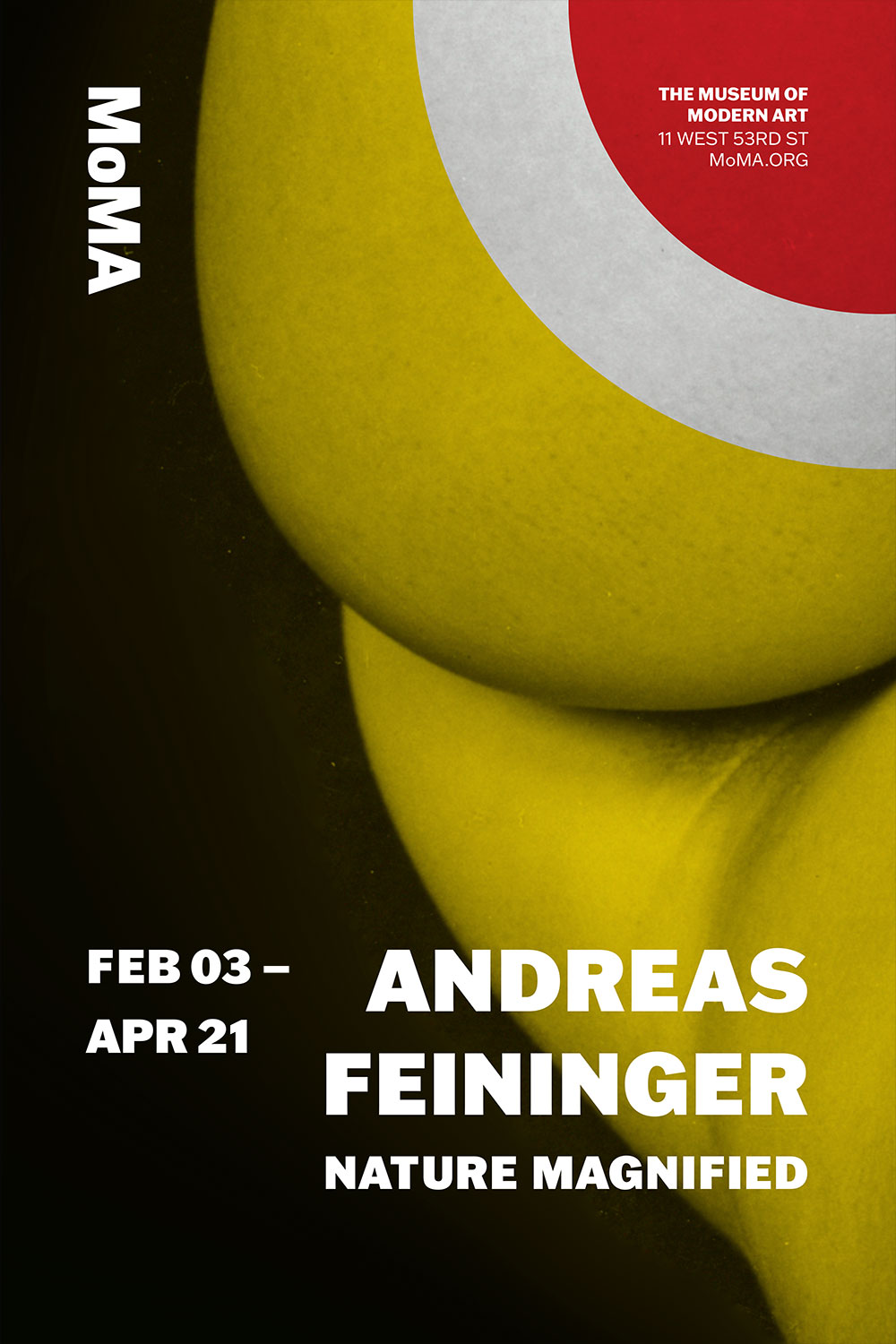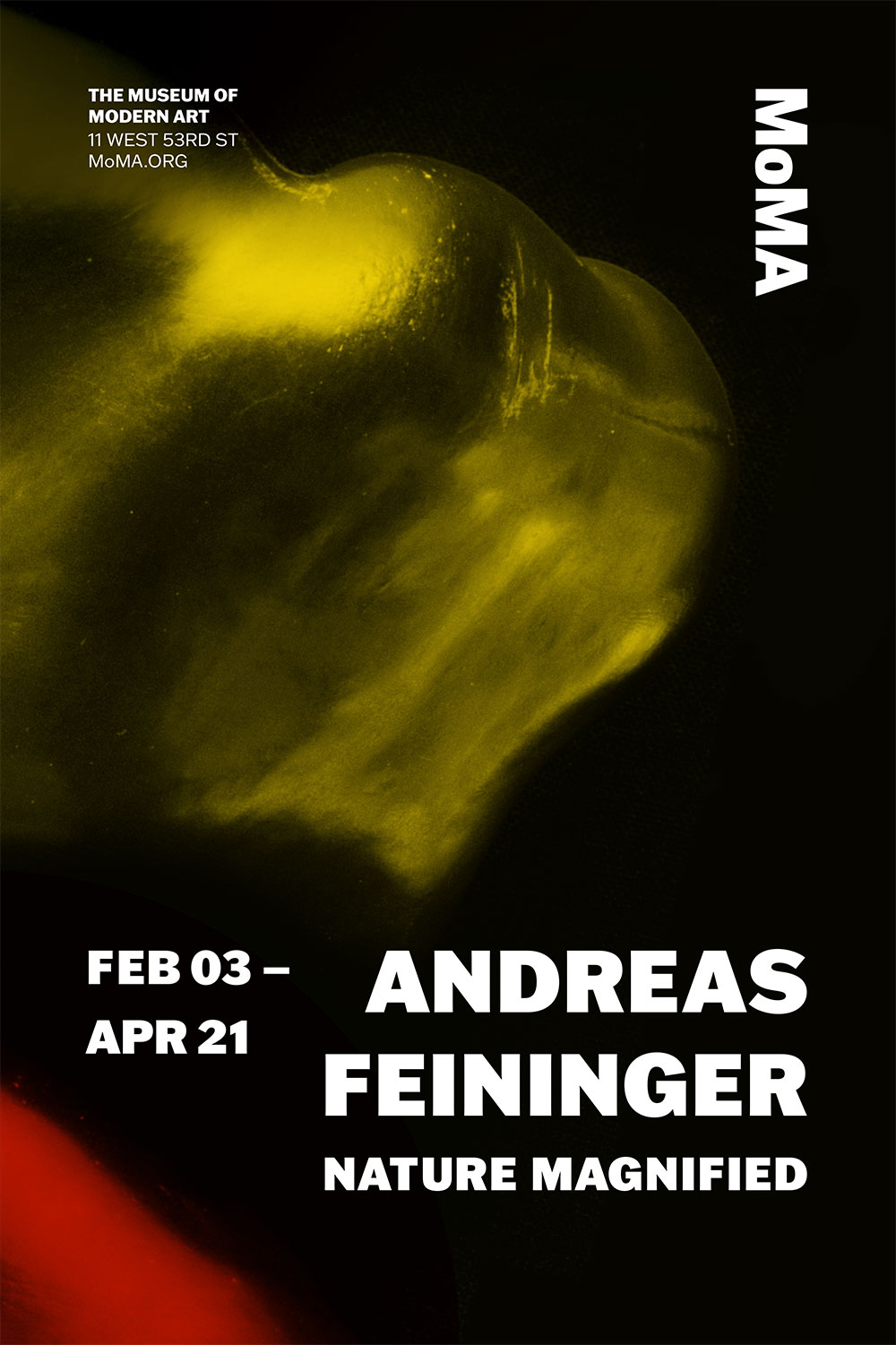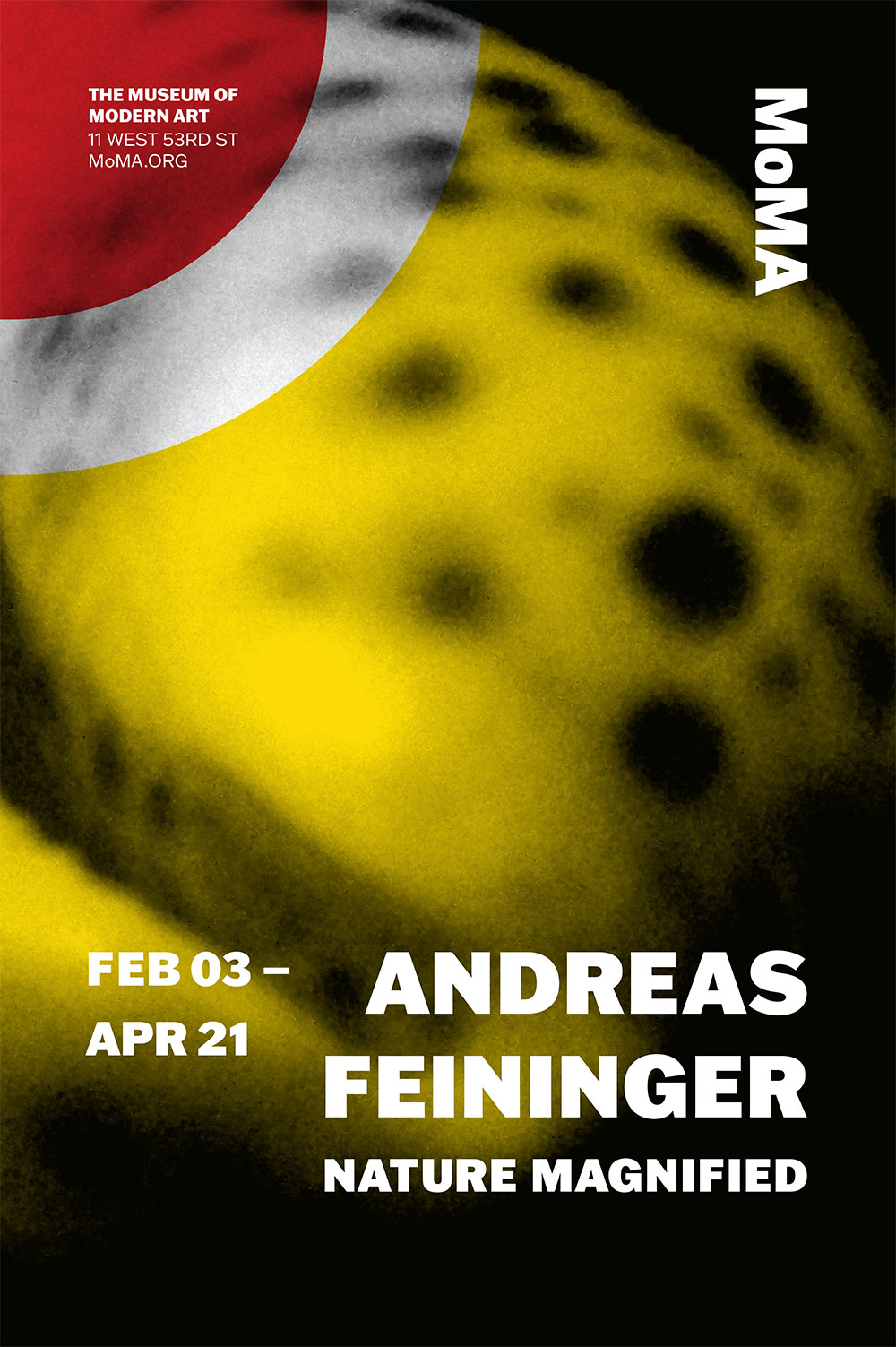PROJECT
Exhibition Poster for
Andreas Feininger
PRINT · GRAPHIC DESIGN · EXHIBITION POSTER
SKILLS
Photoshop
Illustrator
DELIVERABLE TYPE
Exhibition Poster
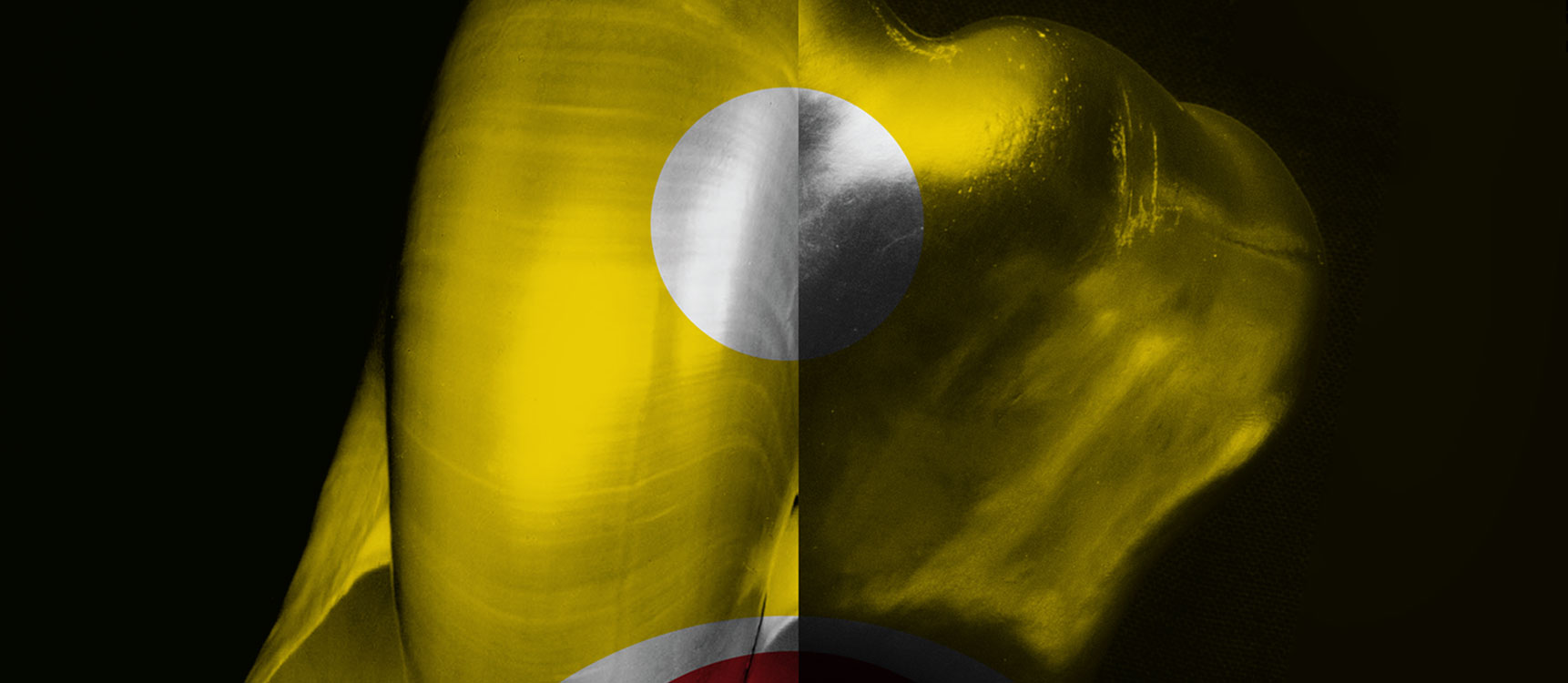
SUMMARY
Imagined what if Max Huber designed a poster for Andreas Feininger's exhibition at MoMA, and brought that vision to the page.
Max Huber가 MoMA에서 열린 Andreas Feininger의 전시 포스터를 디자인했다면 어떨까? 라는 상상에서 출발해 포스터 컨셉을 시각화했습니다.
ANDREAS FEININGER, 1906-1999, PHOTOGRAPHER
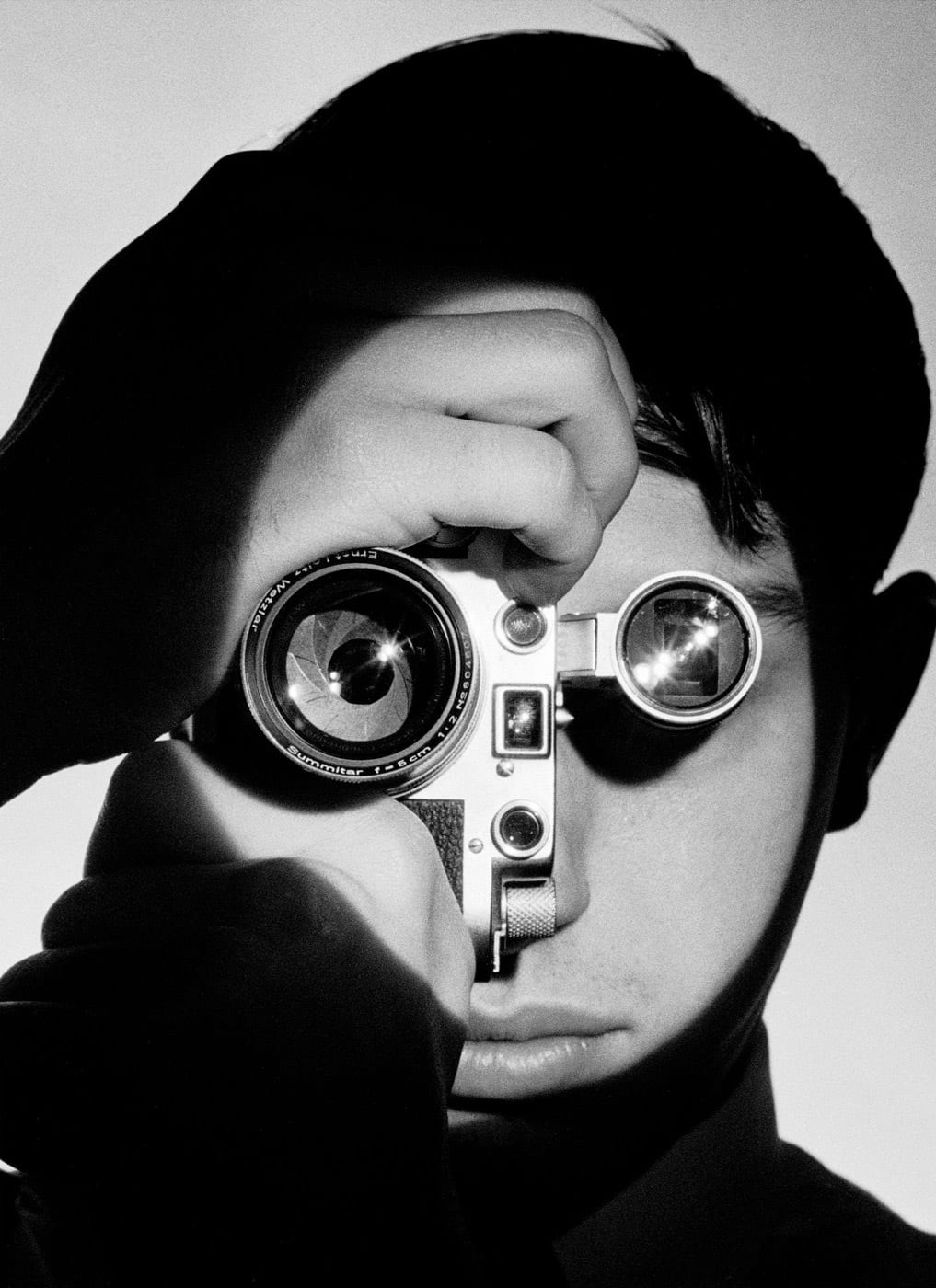
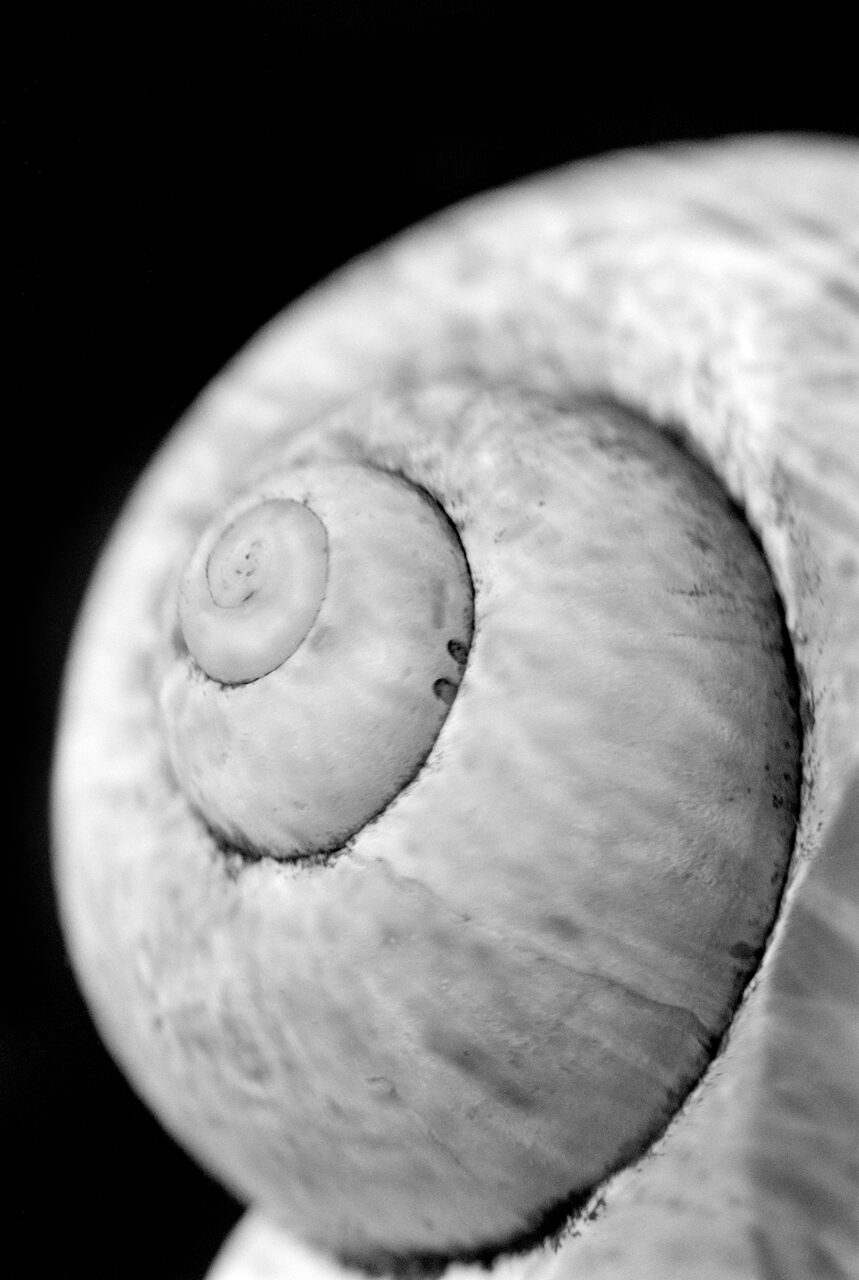
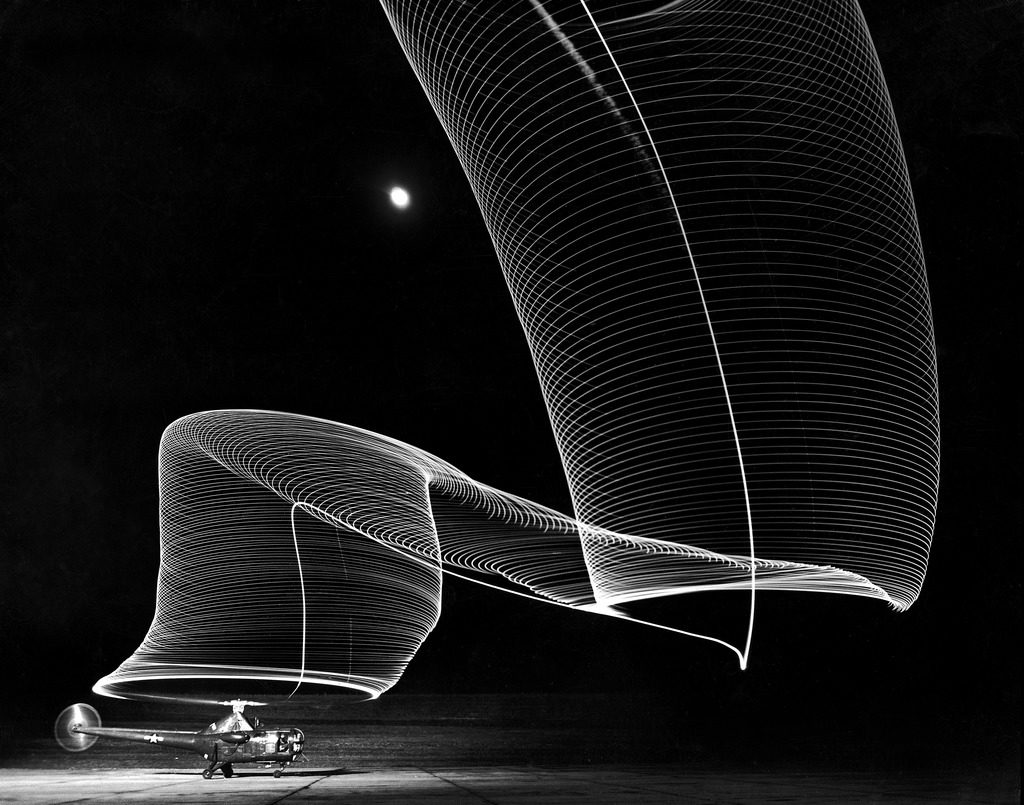
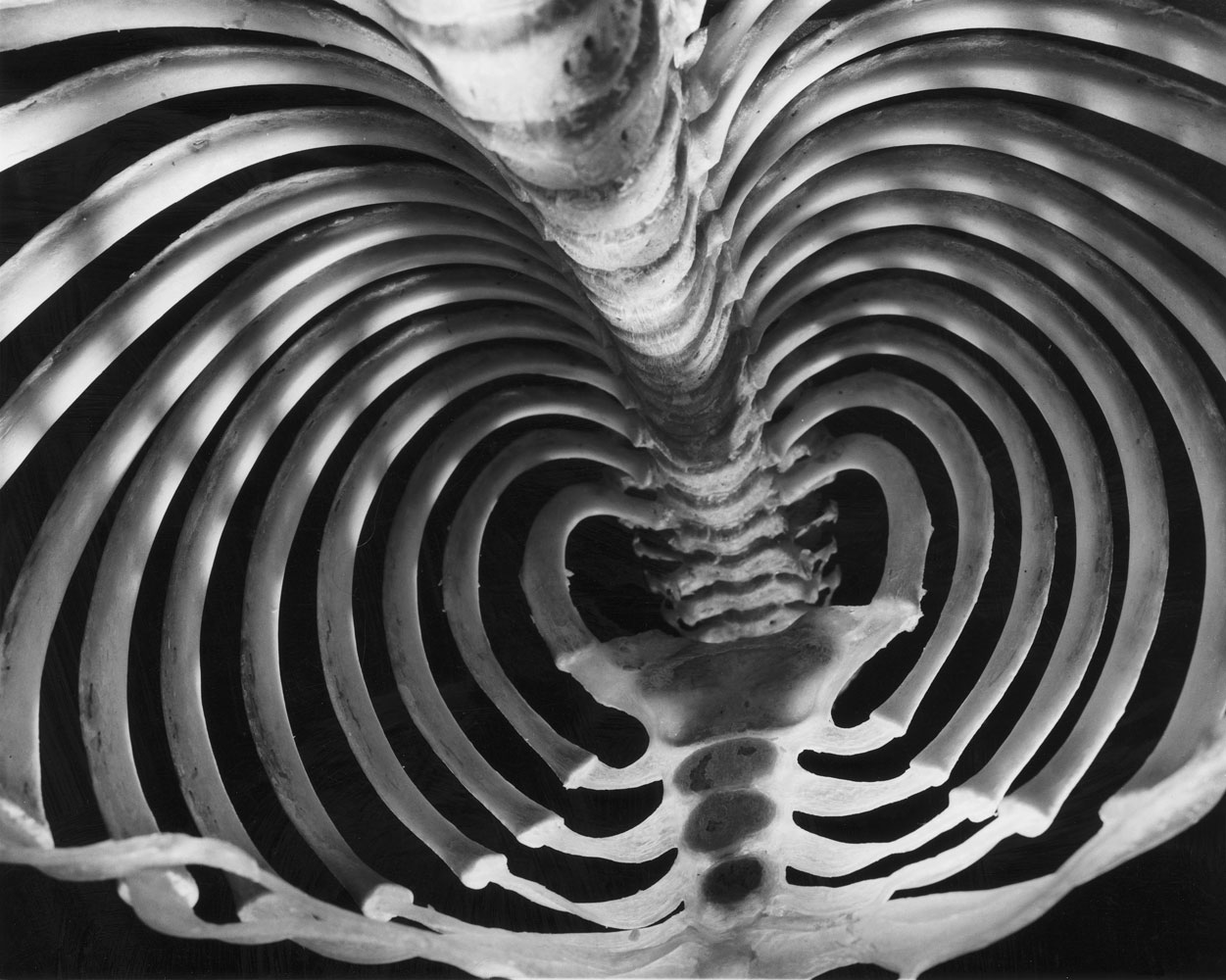
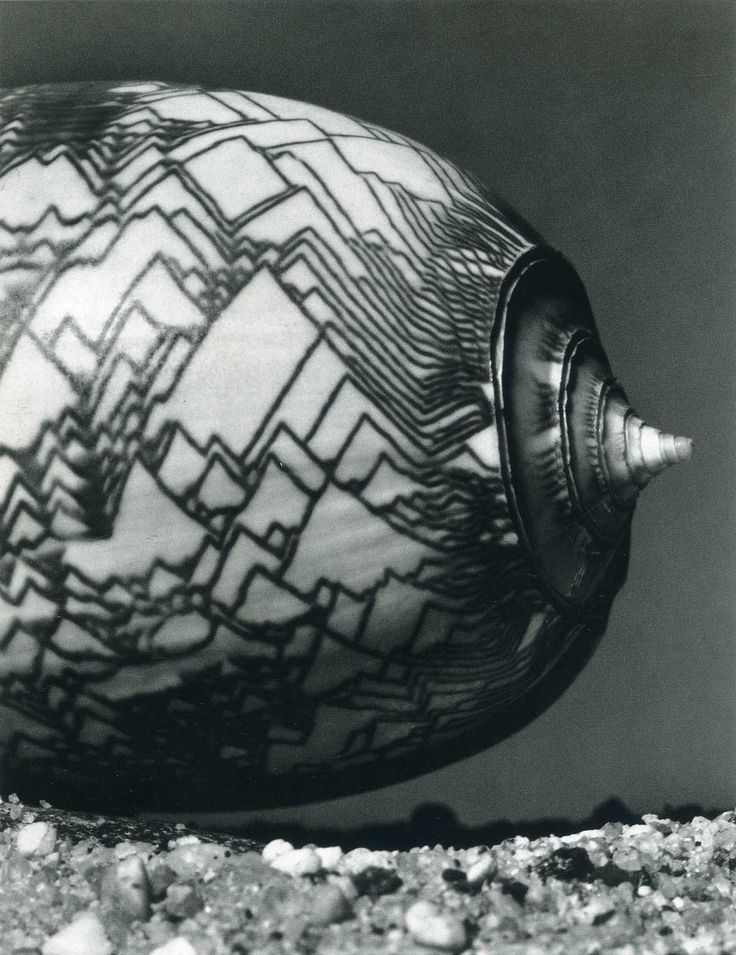
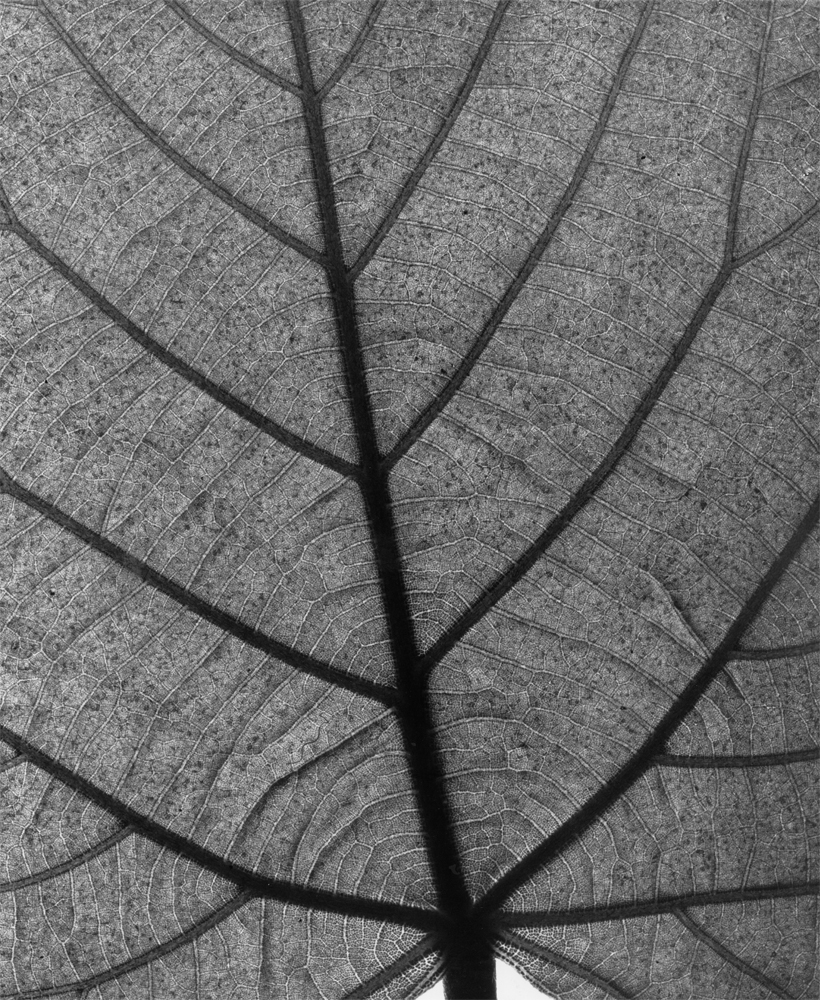
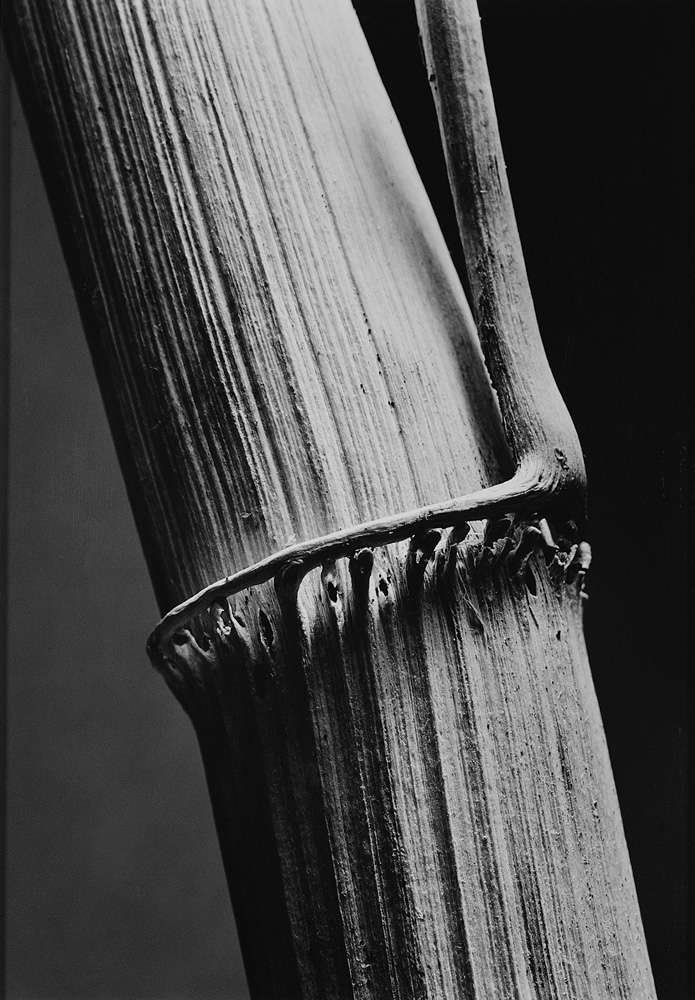
ANDREAS FEININGER:
MAGNIFIED OBJECTS IN BLACK AND WHITE
A renowned American photographer and writer on photographic technique, Feininger’s work is distinguished by dynamic black-and-white captures of Manhattan and detailed studies of the natural world’s intricate structures.
ANDREAS FEININGER:
흑백으로 포착한 사물의 본질
Feininger는 맨해튼의 역동성과 자연세계의 복잡한구조를 흑백사진으로 섬세하게 포착한 사진가입니다.
MAX HUBER, 1919-1992, GRAPHIC DESIGNER
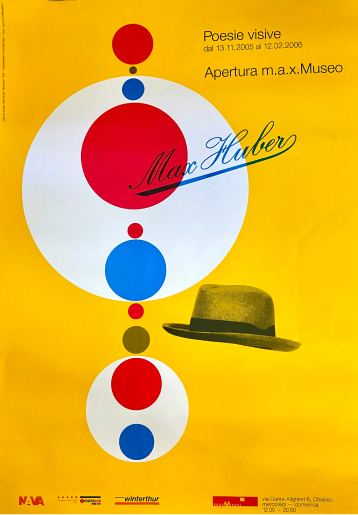
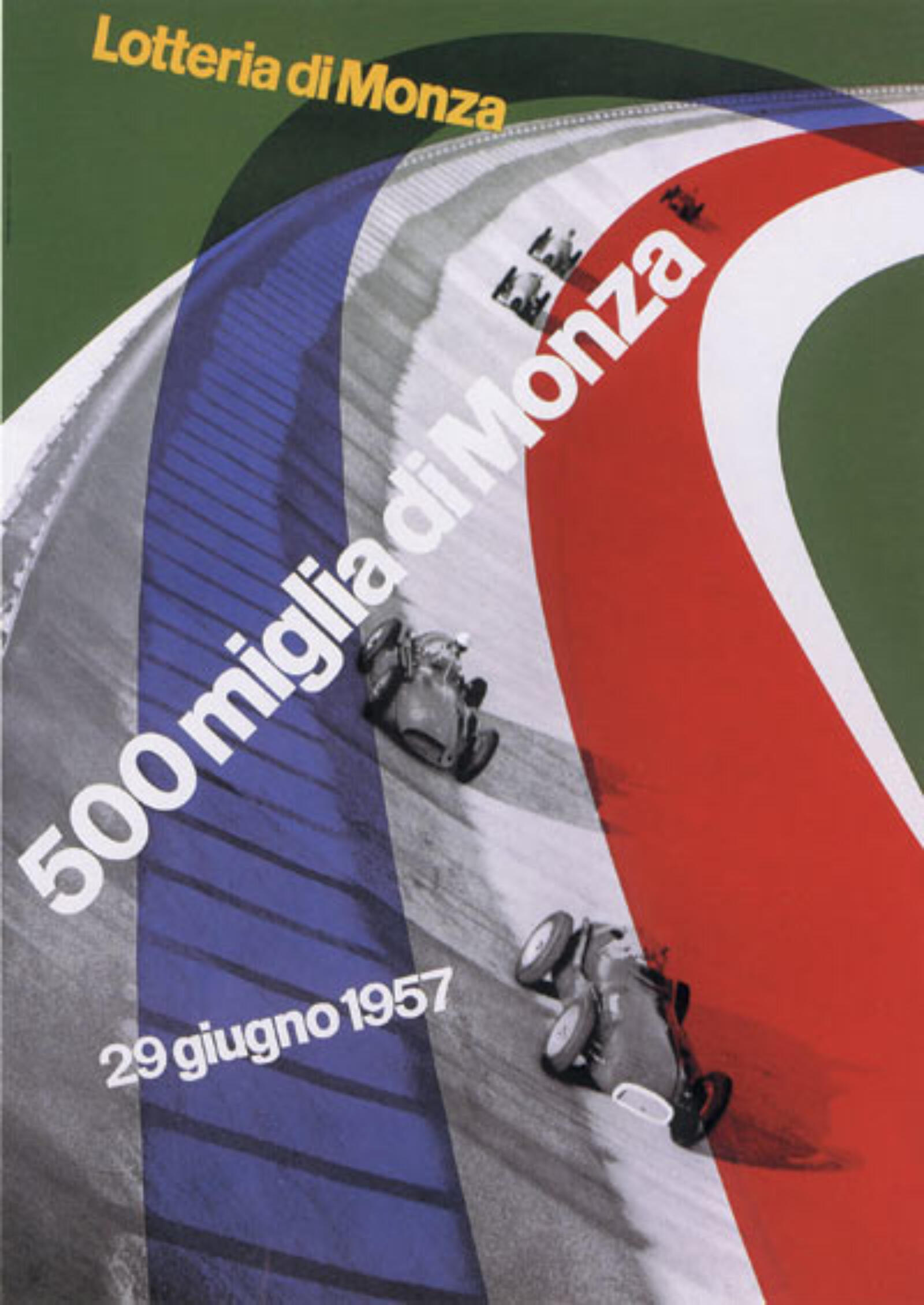
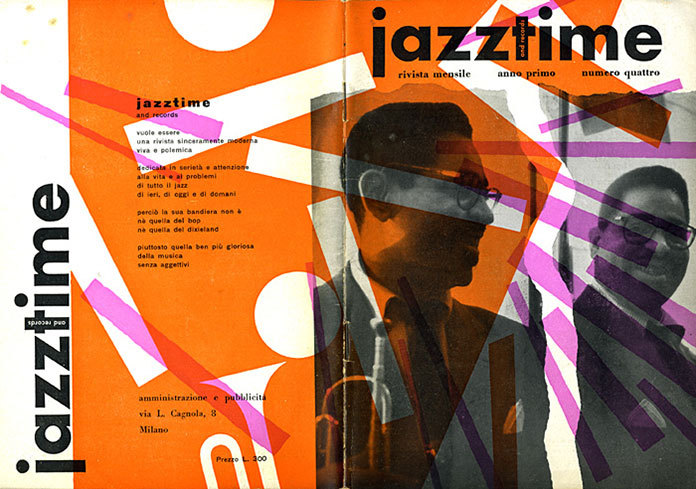
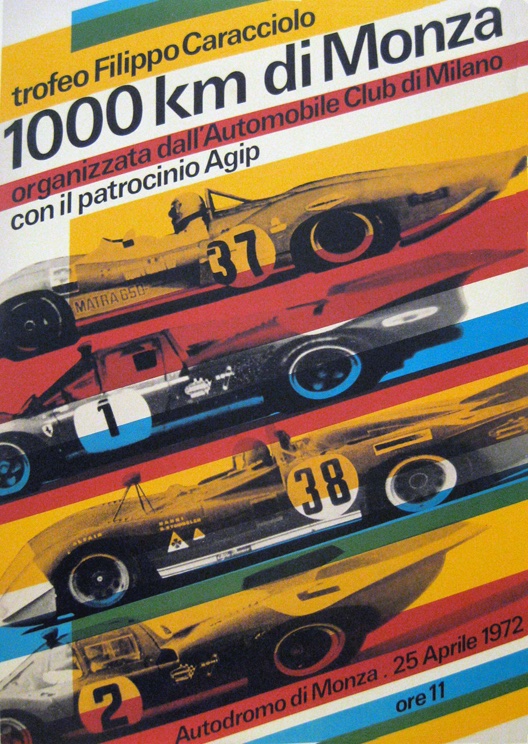
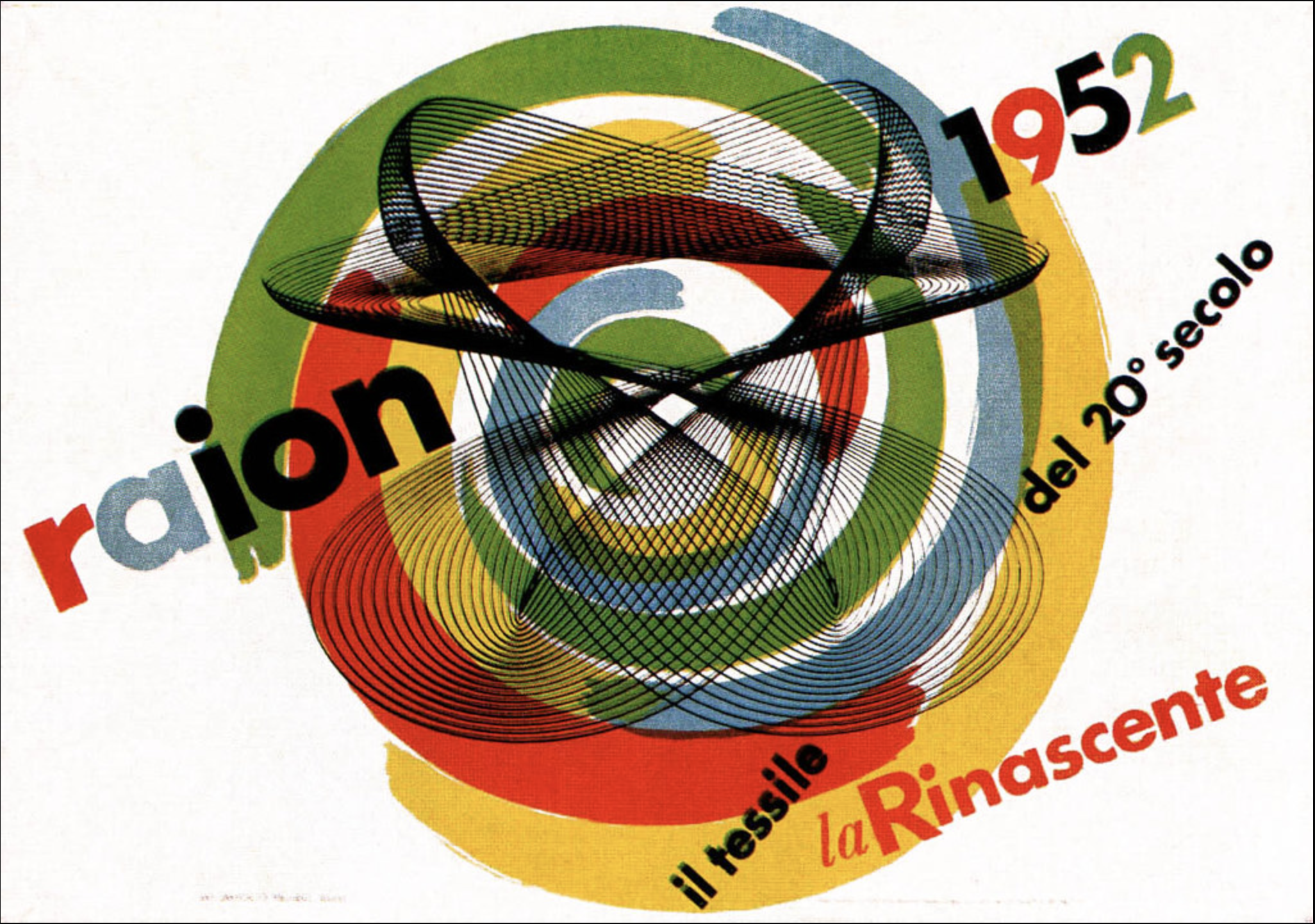
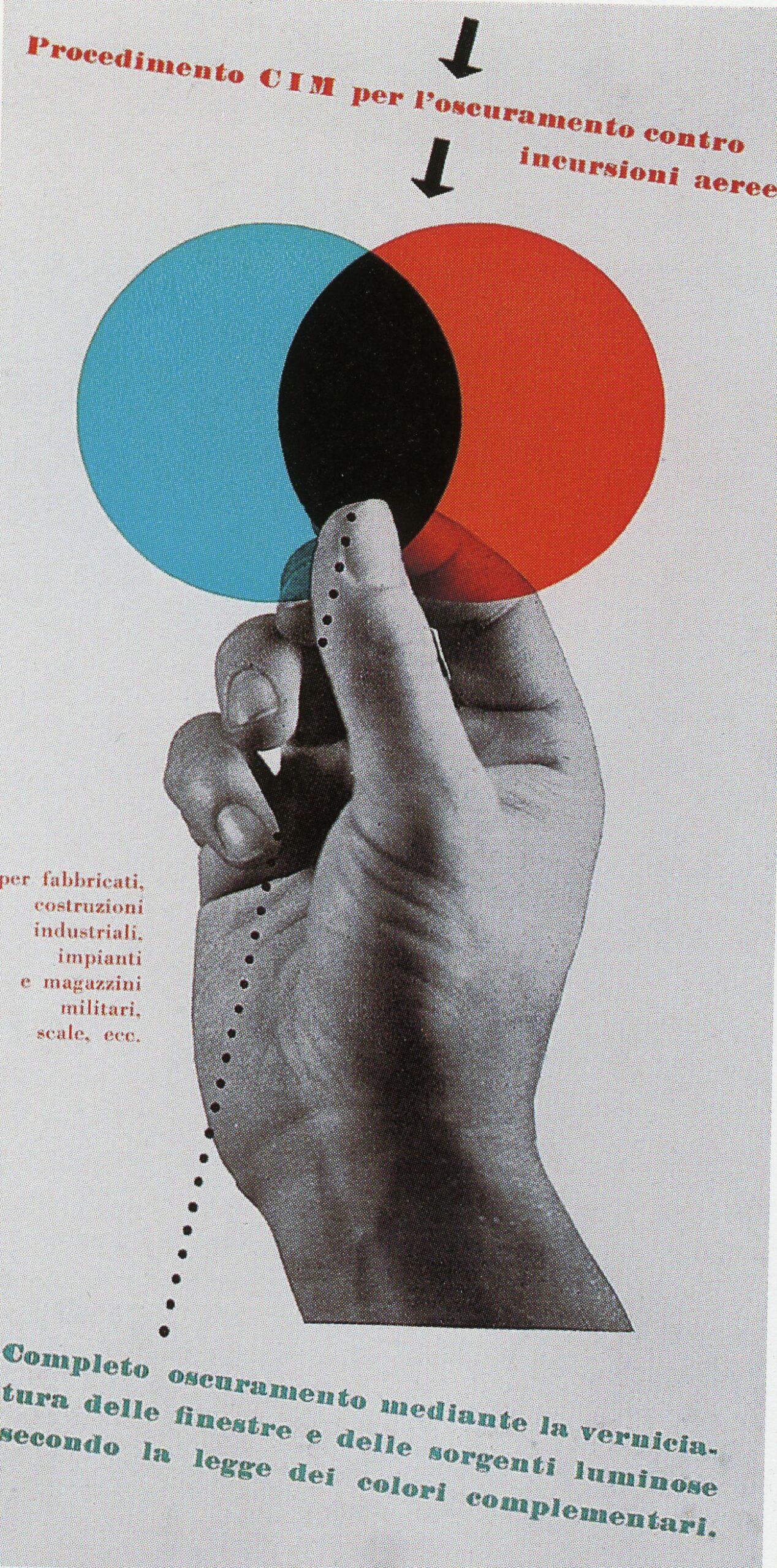
MAX HUBER:
VIVID, BOLD SHAPES & PHOTO COLLAGE
A pivotal figure in 20th-century graphic design, Huber transformed ordinary subjects into compelling visual communication through collage and vibrant color.
MAX HUBER:
대담한 색감과 포토 콜라주
20세기 그래픽 디자인의 선구자인 Huber는 일상적인 사물을 강렬한 색감과 콜라주 기법으로 재해석하며 강력한 시각언어를 만들어냈습니다.
WHAT IF MAX HUBER DESIGNED POSTERS FOR ANDREAS FEININGER’S EXHIBITION AT MOMA?
MY INTERPRETATION
“THE REASON WHY I TOOK PICTURES OF MAGNIFIED OBJECTS IS TO EXPLORE AND VIEW THE SAME THING IN DIFFERENT WAYS."
— ANDREAS FEININGER
Watching Feininger’s interview on YouTube, his statement, “The reason why I took pictures of magnified objects is to view the same thing in different ways," resonated with me. This aligns with Max Huber’s approach of turning mundane subjects into compelling visual narratives, which this poster concept embodies—reinterpreting the ordinary.
“확대된 사물을 촬영하는 이유는 같은 것을 다른 시각으로 바라보기 위해서다.”라는 Andreas Feininger 의 말처럼 이 말은 Huber의 철학과도 닿아 있습니다. 두 아티스트가 일상의 사물을 각자의 시각으로 새롭게 재해석하듯, 포스터 디자인도 평범한 대상을 색다른 시각으로 표현하는 데 초점을 맞췄습니다.
WHY I CHOSE THIS FONT
MoMA adopted Fuller Benton’s 1902 Franklin Gothic, digitized from a tray of lead type in their collection. As MoMA’s primary typeface from 2003 to 2017, it was the ideal choice for this 2013 poster.
WHY I CHOSE THIS FONT
MoMA는 1902년 Fuller Benton의 Franklin Gothic 폰트를 디지털화해 2003~2017년까지 메인 서체로 사용했습니다. 이 포스터에 최상의 선택이었습니다.
VIEWING THE SAME THING IN DIFFERENT WAYS
While most see the ordinary as it is, artists and designers bring fresh perspectives to familiar subjects, showcasing their unique visions to the world.
VIEWING THE SAME THING IN DIFFERENT WAYS
대부분의 사람들은 익숙한 것을 그대로 바라보지만, 아티스트와 디자이너는 익숙한 대상을 자신만의 독창적인 시선으로 세상에 보여준다고 생각합니다.
